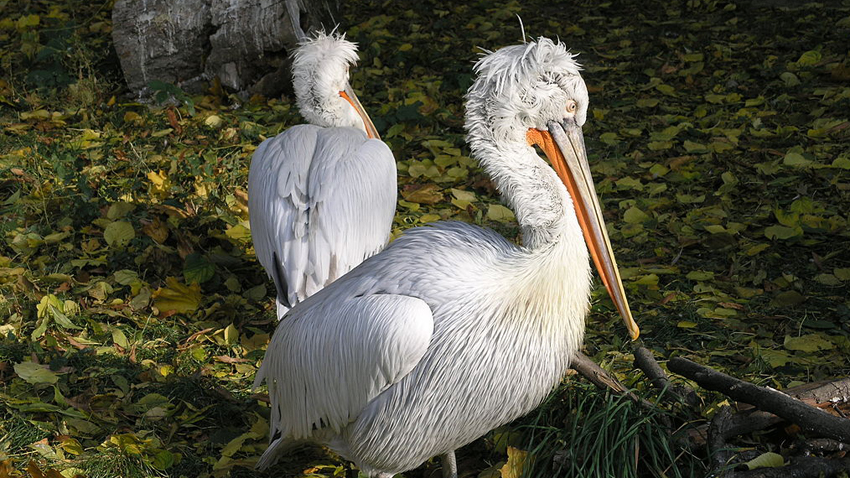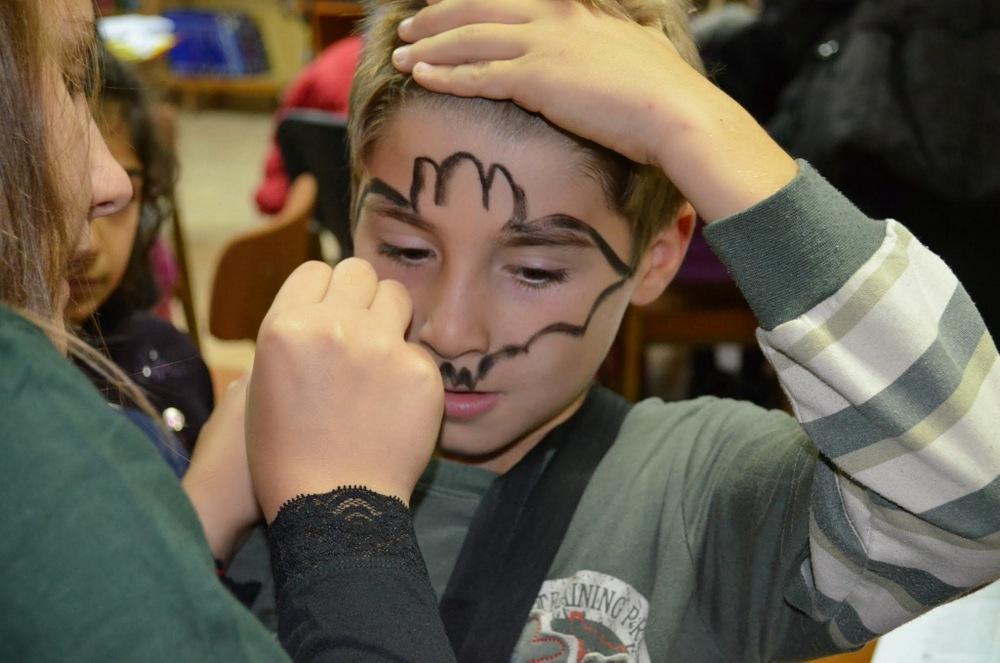People tend to look at the sky in spring and autumn, watching the large flocks of birds that fly to the South. Many fans of nature spent once again the first weekend of October, observing migrating birds. The event was traditionally organized by the European and Central Asian branches of BirdLife International. The greatest number of events – 150, were organized in Holland. Switzerland saw this year the greatest number of participants: 5,334, while Holland observed no less than 1,052,681 birds. Eleven Bulgarian cities and towns held bird observations.
 “Nearly 2,000 birds from 70 different species have been spotted,” said for Radio Bulgaria Teodora Petrova from the Bulgarian Society for the Protection of Birds /BSPB/. My colleagues registered the greatest numbers of black-headed gulls, great cormorants and western jackdaws. Now it’s the migration period, so many interesting species can be seen. However, we had more observations in previous years, perhaps due to the fact that it is quite chilly now and many birds have obviously hurried to the South. Still, their number is not that important, but rather the possibility to tell the people on the wonder of migration, on the problems birds face nowadays because of intensive human activities. We have to tell people how they can really change things with little money and modest involvement. For instance – a birdhouse placed or a feeding trough in the winter, which can help birds around in their struggle to survive…”
“Nearly 2,000 birds from 70 different species have been spotted,” said for Radio Bulgaria Teodora Petrova from the Bulgarian Society for the Protection of Birds /BSPB/. My colleagues registered the greatest numbers of black-headed gulls, great cormorants and western jackdaws. Now it’s the migration period, so many interesting species can be seen. However, we had more observations in previous years, perhaps due to the fact that it is quite chilly now and many birds have obviously hurried to the South. Still, their number is not that important, but rather the possibility to tell the people on the wonder of migration, on the problems birds face nowadays because of intensive human activities. We have to tell people how they can really change things with little money and modest involvement. For instance – a birdhouse placed or a feeding trough in the winter, which can help birds around in their struggle to survive…”
Some really rare specimens have been observed this year, as Bulgaria is among the richest European countries with nearly 430 bird species, many of those being rare or endangered.
“Dalmatian pelicans, ferruginous ducks, white-tailed eagles and Euroasian spoonbills were among the endangered species observed. People along the Black Sea coastline had special opportunities for thrilling experiences. Some of the initiatives took place in the Poda protected area near Burgas, where the greatest number of birds per unit area in Europe can be found. Fans of nature managed to observe really interesting things there…”
 Autumn is the time when some other flying creatures need attention, though they are much more mysterious. Marked for a first time in France and Poland back in 1990, today the European Bat Night is organized in more than 30 countries, Bulgaria among others. We are talking here of a series of bat nights in September and October, aiming to show the unique life and great significance of Batman’s prototypes.
Autumn is the time when some other flying creatures need attention, though they are much more mysterious. Marked for a first time in France and Poland back in 1990, today the European Bat Night is organized in more than 30 countries, Bulgaria among others. We are talking here of a series of bat nights in September and October, aiming to show the unique life and great significance of Batman’s prototypes.
Bulgaria is the country with the greatest diversity of bats in Europe – 35 out of 37 species, existing on the continent can be found here. The Devetashka Cave hosts the third most significant bat colony in Europe with around 40,000 specimens. However, the Bulgarians still know few things on these flying mice, says Nia Toshkova from the Bat Research and Conservation Center at the National Museum of Natural History with the Bulgarian Academy of Sciences. That is why most of the events, related to the European Bat Night here are targeted at children. Scientists create along with kids bat origami, they draw their faces like bats, they prepare cookies  with the image of Batman… However, bats are not favorite to children, as they are not the Teddy bear type, but a photo close-up shows that actually the flying mice are quite puffy and nice, which makes the kids change their attitude. Nia goes on to say that there are many curious facts about bats, which are still unknown. What are those?
with the image of Batman… However, bats are not favorite to children, as they are not the Teddy bear type, but a photo close-up shows that actually the flying mice are quite puffy and nice, which makes the kids change their attitude. Nia goes on to say that there are many curious facts about bats, which are still unknown. What are those?
“Bats eat enormous amounts of insects and the quantity of pests in agriculture is regulated this way for instance. Few people know that there are bats, pollinating plants. Bats pollinate the cocoa plant and our chocolate pleasures are due to them actually. Fans of tequila can find it interesting to know that the blue agave plant, which is the source of the drink, is also pollinated by bats.”
There are many prejudices, related to the grey flying bats, accused of vampirism. However, only 3 out of the 1,300 existing species feed on blood. “We don’t have any of those in Bulgaria, but the three species mentioned are not so scary, as they only take a few drops of blood from cattle,” Nia Toshkova points out.
English version: Zhivko Stanchev
Photos: wikipedia.org and personal archiveNATO tests new 'no U.S.' mission model in Balkans NATO is testing its ability to deploy rapidly across Eastern Europe - without direct US support - as Washington shifts its approach to European defence and the war in Ukraine, the Associated Press..
Love blooms with renewed vigour every year on 14 February! Valentine's Day is increasingly being celebrated in Bulgaria as a holiday that inspires lovers to share beautiful moments together. Traditions include the exchange of cards, gifts and romantic..
From February 14 to 16, an event under the motto "Love and Wine" will allow Sofia residents and guests of the city to combine the Bulgarian holiday of wine Trifon Zarezan with Valentine's Day. It will be held on the pedestrian zone..
On February 16, Radio Bulgaria celebrates its 89th anniversary . Throughout these years, our multilingual media has been not only a channel of information,..
At various times in its existence, the BNR's Directorate of Foreign Language Broadcasts, now known as Radio Bulgaria, the multimedia multilingual platform..
February 16, 2025 marks the 127th anniversary of the first bulletin of the Bulgarian Telegraph Agency, signed by its first director Oscar Iskander. The..

+359 2 9336 661
